
This was demonstrated in the concluding report of a preliminary study by historians, which appeared on October 29. In December 2014, Interior Minister Thomas de Maizière ordered a project group, led by Professor Frank Bösch (ZZF Potsdam) and Andreas Wirsching (IfZ Munich-Berlin), to study the role of National Socialists in the Interior Ministry of the Federal Republic of Germany and the Interior Ministry of former Stalinist East Germany (GDR).
The Interior Ministry had blocked such a study for longer than most of the other ministries and authorities. Since they had something to hide, this is not surprising! Immediately after the founding of the BMI in 1949, half of all newly hired department heads, branch and subdivision leaders were former members of the Nazi Party. This percentage rose to 66 percent between 1956 and 1961. This number in the Interior Ministry was only exceeded by the number in the Federal Criminal Office (BKA), which is under the control of the Interior Ministry. The proportion of ex-Nazis in the BKA was 75 percent.
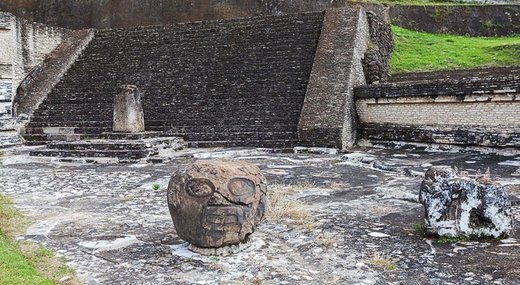
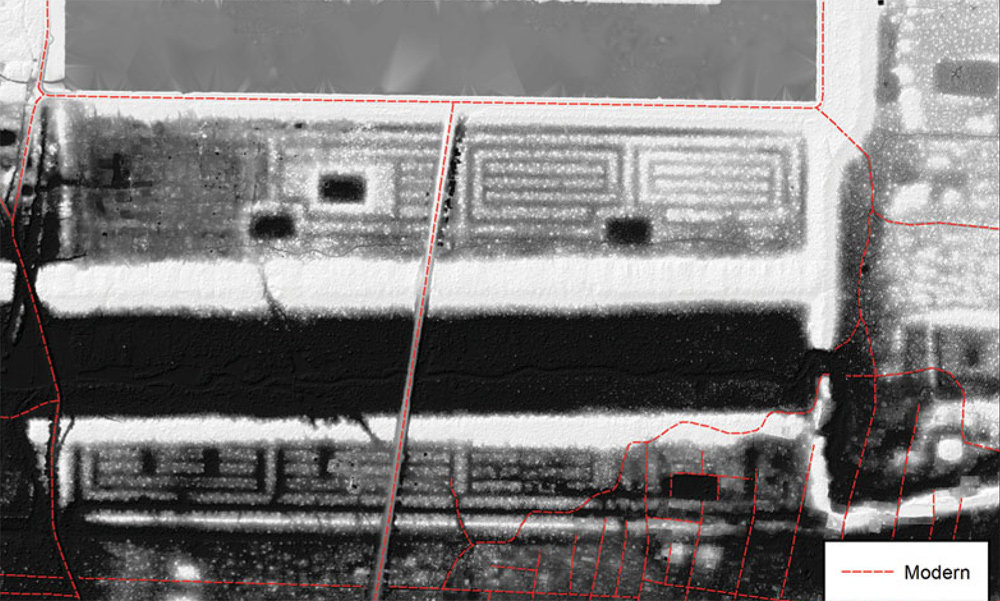
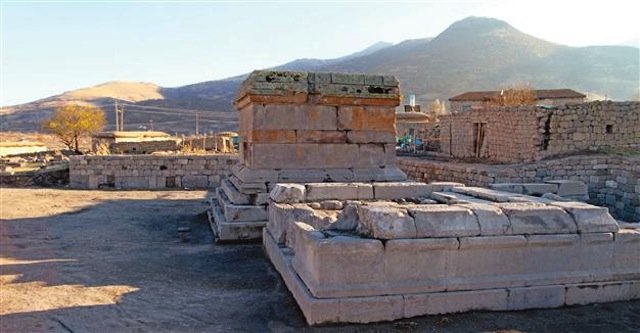
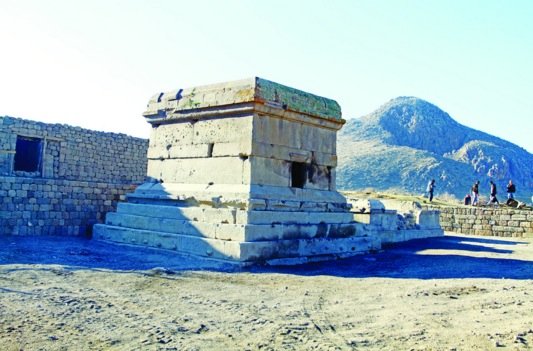
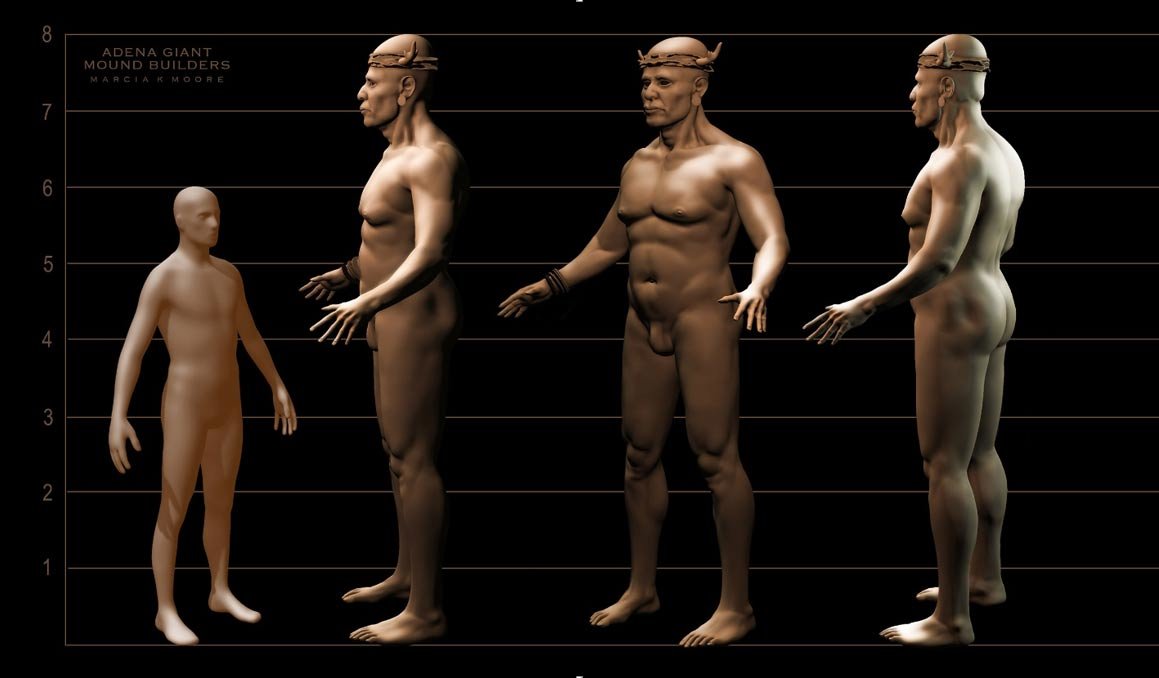


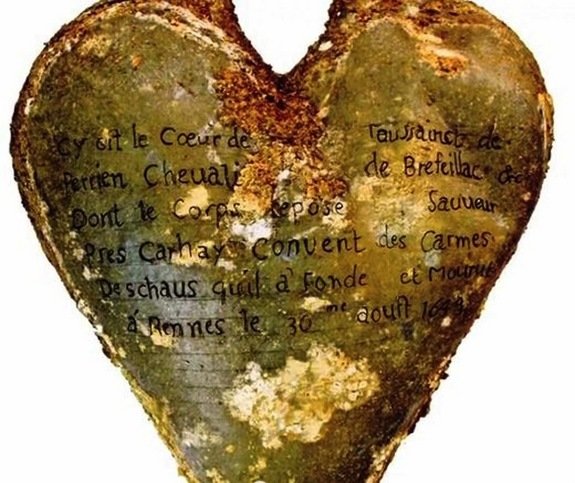
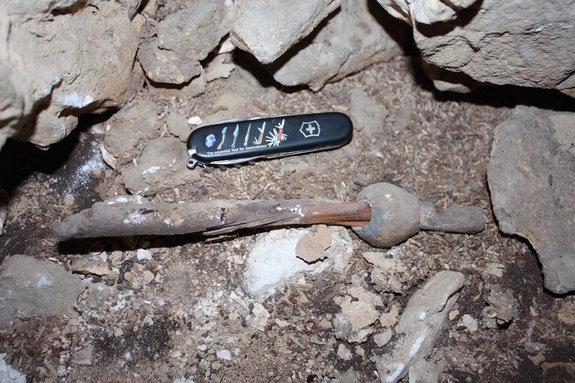
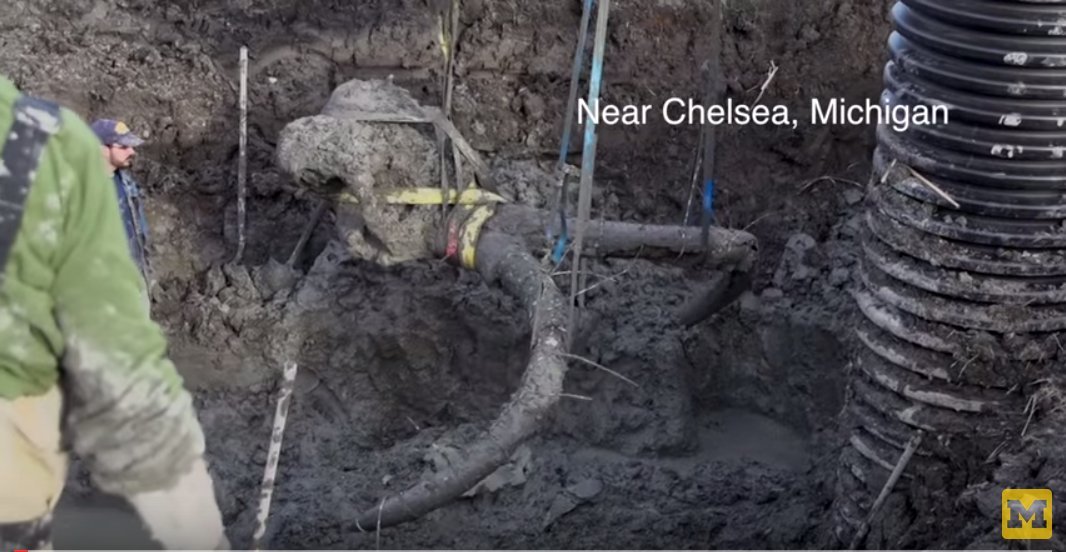



Comment: Given the above analysis, one shudders to think how modern day Germany is in a position to effect the lives of so many Muslim refugees who are basically at their mercy.
See: Refugee crisis in Germany - Nazis on the rise - 'Never again' is happening again